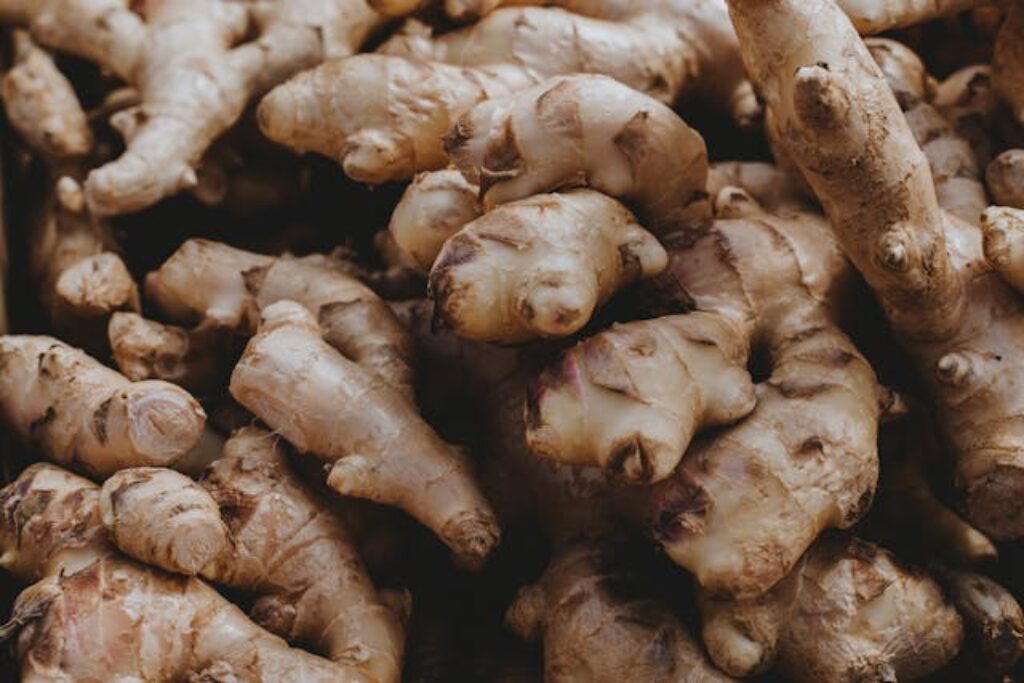Ginger is not just a common seasoning but a dual delight offering both health benefits and taste sensations. Its versatility stretches across the entire culinary world, from the freshness of young ginger to the spicy kick of mature ginger, growing our affection for this plant day by day.
Varied gingers
Ginger is good in the culinary world for its unique spicy aroma. It is more than just a spice.
Harvesting ginger at different point of growing time produce different types of gingers. The types of ginger commonly found in markets include young ginger, ginger, mature ginger, and galangal. Young ginger, fresh and green, is juicy and less fibrous, often used in appetisers and for flavour enhancement. Ginger, falling between young and mature ginger in age, has a thicker flesh suitable for frying or soup-making, while mature ginger offers a strong spicy taste, making it perfect for colder seasons.
Galangal is another type of ginger. Galangal, a key spice in Southeast Asian cuisine, adds a distinctive mustard-like aroma to dishes. Galangal is native to Java Island in Indonesia and is now cultivated across Southeast Asia. Galangal has a fascinating taste, blending the flavors of ginger, saffron, and cardamom.

Cooking techniques
The flavours of ginger can range from refreshing to spicy, with each type of ginger bringing its unique taste and texture. Young ginger is slightly sweet and tender. Ginger has a moderately spicy taste that is widely loved. Mature ginger is known for its intense spice and distinctive texture. In cooking, ginger can transform dishes in endless ways through slicing, shredding, or mashing, becoming an indispensable seasoning secret in the kitchen.
Ginger is not just a fine seasoning but also an essential element of culinary art. Sliced ginger, when cut directly, offers a milder spiciness suitable for various cooking methods. Shredded ginger not only adds flavour to stir-fries but also serves as a beautiful garnish. Ginger minced is great for releasing its aroma and spiciness but can burn quickly when stir-fried, requiring careful handling. Ginger paste, even in small amounts, can enrich the flavour of a dish, and ginger juice can retain the unique spice of ginger in dishes without the direct use of the spice.
Galangal is more hard than ginger. The best way to process fresh galangal is by grinding it into a powder or making it into a paste form, which makes it easier to release its unique flavours. When cooking with galangal, it is essential to add fats or oils to fully integrate its flavours.
How to select good ginger
When choosing ginger, its freshness can be judged by the amount of soil on its skin and its firmness. Ginger with more soil on its skin is usually fresher, and those that feel harder are likely to be fresh as well.
How to store ginger
Different types of ginger require different storage methods. Mature ginger should be kept in a dry, ventilated place, avoiding washing and removing the dry soil on its surface to extend its shelf life. Young and ginger, on the other hand, should be refrigerated to maintain their freshness and texture.
Understanding the nature of gingers, from selection to culinary use, allows us to better utilise this versatile ingredient, bringing more possibilities to our cooking world.







